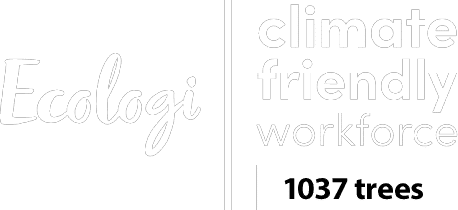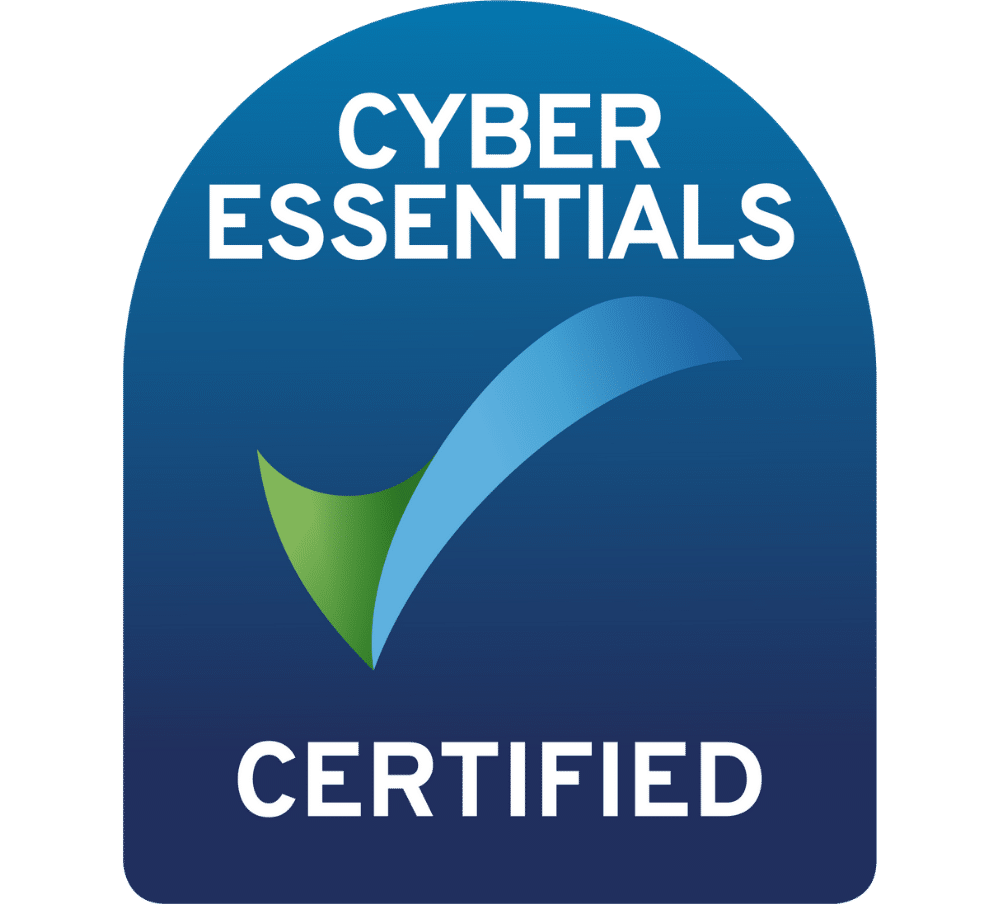As a digital marketing professional, I know the power of brand. Research tells us that consumers are increasingly considering brand values and reputation in their buying decisions. The growth of online retail and social media also means more opportunities to communicate with potential customers. Without a doubt, brand is a big priority but, is it possible to build a customer base on brand alone?
This year, I was offered the opportunity to put this to the test. For a while, I’d been dreaming up my own eco-friendly retail start-up. The problem was, I didn’t yet have the product. Product development takes time and although I was keen to delve into this world, I wanted to start with what I knew – creating a brand and a following. But, could I build a brand and establish an engaged audience, without having anything to sell?
In March 2021 I discovered a problem in that there didn’t seem to be any perfect fit inclusive underwear that was also eco-friendly. Now, I’ve been around enough good business ideas to know that the ones most likely to succeed are those that address problems or gaps in the marketplace. So, knowing little to nothing about how to develop material products, I set up Confident Tiger – an online eco-friendly inclusive underwear retailer (with no actual pants yet).
Branding came first. After some research, I decided that my products would be made from bamboo silk, recycled lace and other non-virgin materials. I wanted my underwear to be all-inclusive too, prioritising comfort and promoting body positivity. So I needed a proud and fierce name, hence ‘Confident Tiger.’ Electric pink and a lightning strike in the branding, I figured, emphasised the sentiment.
Despite what some digital platforms and social media enthusiasts suggest, a website is essential. It’s your online shop and the home of your brand as well as your products. I kept my website simple. In fact, at first, it was just a landing page where I was able to lay out my vision, values and mission.
As my business was built upon my values, I spent some time creating a business plan that sat underneath a weighty mission statement. This not only helped me define what my brand was going to stand for, but also helped me to recognise those who might get behind a brand like mine.
Quick tip – if you mirror your own values in your business values, it’s far easier to flesh out the concept of your ideal customer. They’re usually not all that dissimilar from yourself or people you already know.
Next, I set up social media pages and began posting content in relation to and setting out my values and mission. As I began to accumulate followers I set up some email funnels so that those who subscribed to my website were being kept in contact. Targeting an audience likely to respond to the messaging, I set up some low-cost Facebook Ads to drive traffic to the website and populate the Facebook Pixel. Seeing as I didn’t yet have anything to sell, I was promoting the brand, asking for feedback and starting conversations about how the brand should be developed. This approach appeals to Generation Z particularly because they aren’t so interested in buying products they simply want or need, they are wanting to be involved in the companies they invest in. Often because they are seeking out sustainable businesses with ethical values, they invest emotionally as well as financially. This makes for a great captive consumer base if you’re prepared to be transparent and continue to communicate with your followers. Beginning with brand, rather than product, isn’t selling the emperor’s new clothes (or pants), it’s about setting out guidelines and aspirations you intend to live up to.
With an average of 15 sign-ups per day and a total of 1000 fully engaged, I conducted some market research to find out what my followers wanted from Confident Tiger – What was important, what did they need that they couldn’t find elsewhere and what could not be compromised. At this point, I still hadn’t found a designer or manufacturer, but I don’t regret doing it this way around because it meant my followers, potential future customers, were helping me define what it was I needed to have produced.
Many goods businesses launch products and find out afterwards that they aren’t needed or that they’ve overlooked something essential. Consumer research has always been wise, but doing it online with a large group of people who are likely to buy your product once launched, is true forward-thinking.
After I’d made great headway on the parts of the business I was familiar with (the marketing), it was time to enter the world of product design. I needed to source materials that were in line with my values and then a designer who’d be able to work within that framework. I was delighted to meet with a designer who specialised in plus size and in eco-friendly lingerie and it seemed my sustainable all-inclusive underwear vision was coming together. I also started to approach social media influencers, as they can give a real boost to product-based businesses, especially those promoting body positivity.
Through my research I unearthed a problem for women buying bras – most are wearing the wrong size. This wasn’t a major revelation because lingerie brands are always encouraging women to come in-store for a proper measure. However, with online brands, this isn’t possible. Plus, many women feel uncomfortable being measured by somebody else. Enter Boob or Bust who have developed a straightforward and accurate online bust size calculator that’s so simple you can do it yourself at home. I reached out to the company and we decided to collaborate. This led to launching my first product – a bra measuring tape that sold 200 units in the first 10 days! Meanwhile, I was featuring the Boob or Bust bra calculator on my website. So, when buyers receive their measuring tape, they’re returning to the site to calculate their bust size.
All of my success with Confident Tiger so far has been a result of joined-up thinking. My hope is that those who followed my business, helped me in market research and gave me valuable feedback, will become treasured customers. Collaborations and influencers have also been a great support and influencers will be key to the next stage of my launch too.
In October I’ll be utilising Kickstarter to promote the brand and get ready for the product launch. Kickstarter allows users to register with me for pre-release. This really relieves the pressure on the unknown scarier side of launching a product business. Knowing that you have an engaged audience waiting for your items to launch makes it far easier to make decisions, such as how much to invest in marketing. It also minimises your risk of over or under ordering. Plus, connecting with those interested in my products gives me another opportunity to share my values and eco-friendly ethos with them. Influencers will be a huge part of driving followers to pre-order my items.
So, has it been possible to build a brand before having a product available?
Yes, it absolutely has and, in fact, I firmly believe that this is the route to success. Too many businesses launch products and then play catch up, having to invest heavily in advertising to reach potential customers quickly. All too often, consumers who subscribe early on don’t hear from the business because email funnels and communications have not been properly set up.
If you build a business from the brand up then you can establish your values, conduct market research and nurture an engaged following. A ready-made audience is a major asset when you’re launching a product-based business. Having your automation set up and your messaging and mission laid out clearly from the outset gives your potential customers clarity and shows them how much you value them. In return, you gain loyalty, and some company too, along the beginning stages of your venture.




